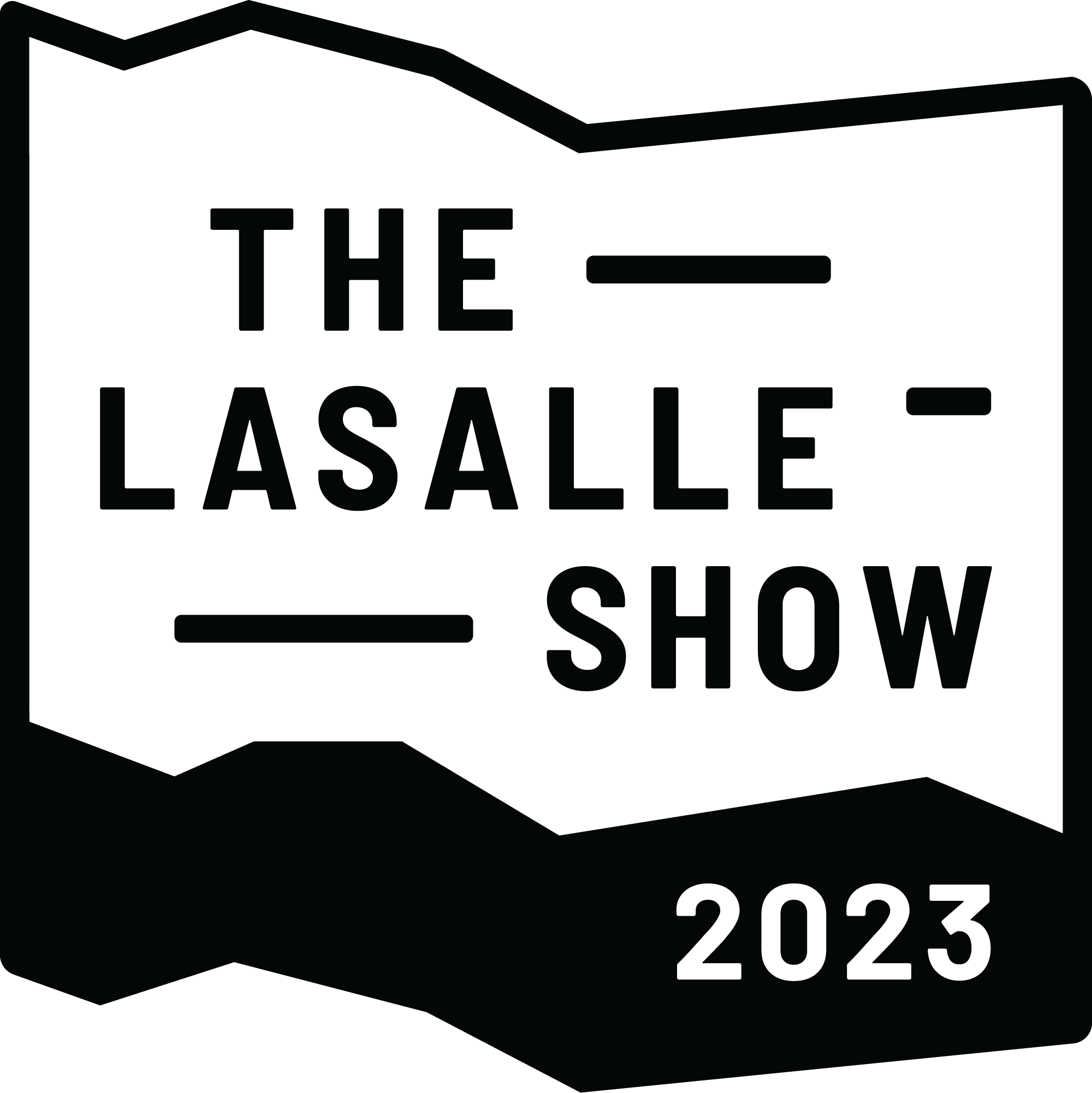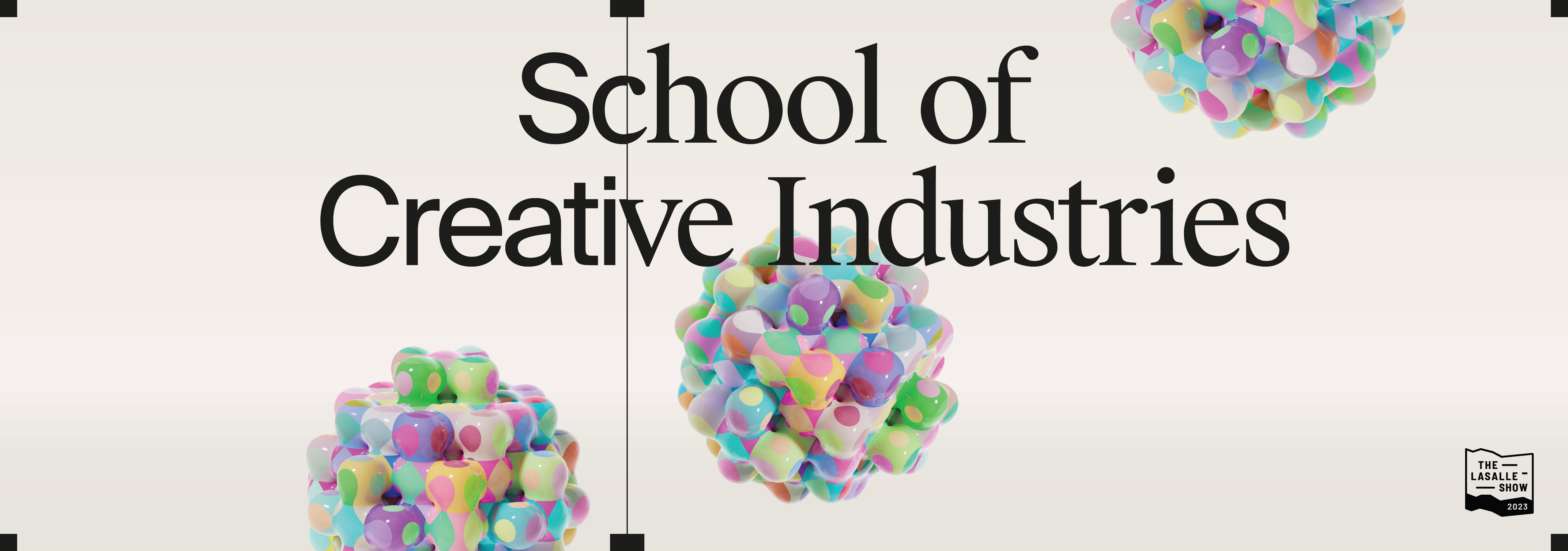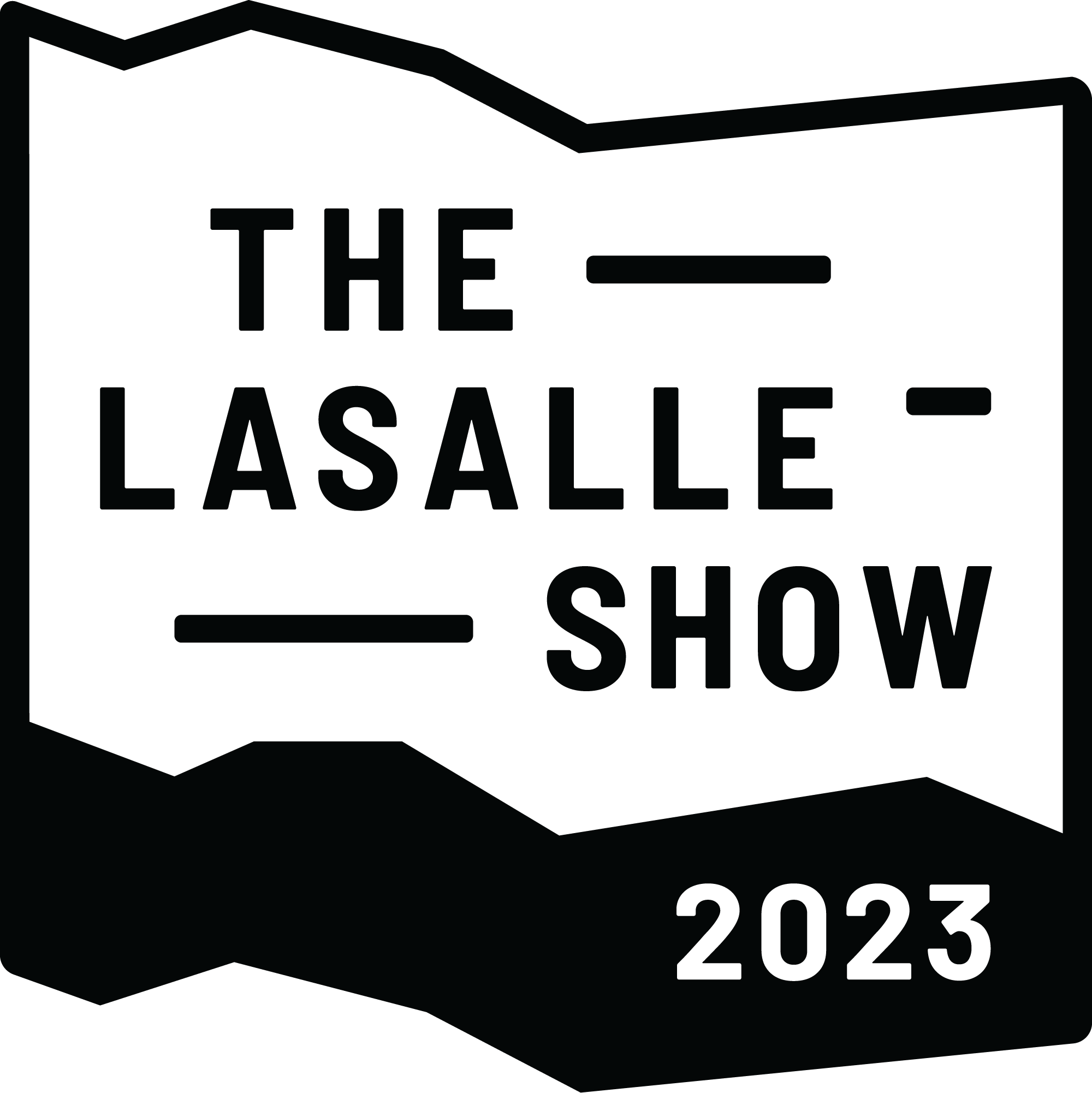School of Creative
Industries

Lela
Lela is a well-travelled woman whose worldly experiences have allowed her to communicate and connect with people from all walks of life. Over the last 15 years, Lela taught art in secondary schools, children with special needs, and was involved in volunteer work. She recently reconnected with her passion for art, and decided to help others through art therapy.
Her clinical placements include working with adults with disabilities in a day activity centre, and students in a special needs school. She conducted and facilitated art sessions with healthcare workers and seniors from a church outreach group.
Lela hopes to enhance and empower her clients’ and their caregivers’ lives. She is passionate about working with neurotypical children and neurodivergent individuals of any age. Fascinated by the amalgamation of mixed media, her art is usually flamboyant, textured and colourful, inspired by nature, architecture, people, and her greatest love of all – travelling.












